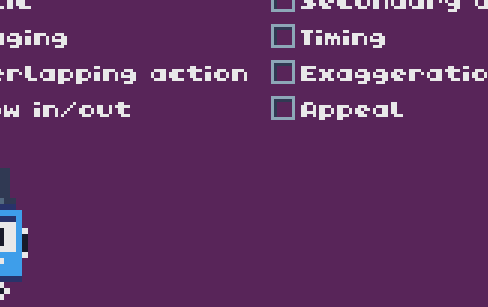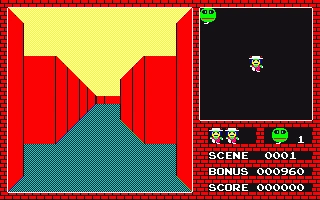Having big and interesting game worlds has been a holy grail of games since the beginning. In the early years, technical constraints meant that big worlds were simply infeasible, without heavy use of procedural generation - Elite in 1984 for example boasted thousands of planets - but nowadays, the main constraint is dev effort. Put simply, to create lots of interesting content, you need to put in lots of work.
But that doesn’t mean we can’t use clever techniques to get the most bang for buck.

Bigger is not Better
When we look at lists of biggest game worlds, space games like Elite Dangerous and Starfield dominate, but that’s not particularly insightful when you consider they are mostly empty space. A bit lower in the rankings you’ll find Daggerfall, which dwarfs other Elder Scrolls game worlds while being much older than them - notably having “the size of Great Britain” - but again, isn’t interesting as most of the game is empty wilderness, sparsely filled with randomly generated towns.
Read more

_gameplay.png) >
> 